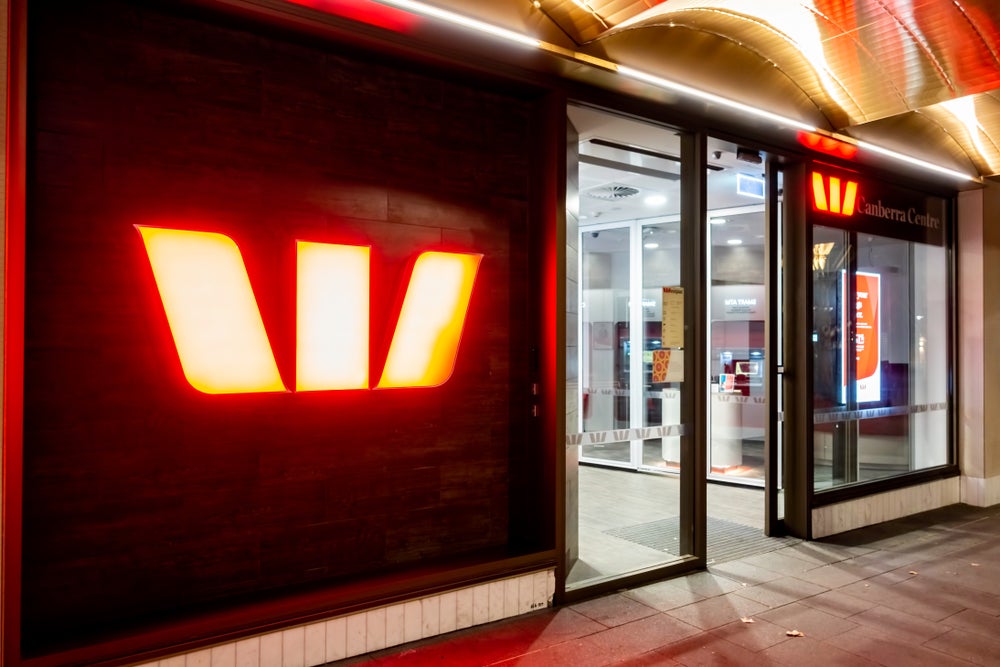In its latest annual analysis of the UK
credit card market, global consultancy PricewaterhouseCoopers warns
that despite tightening lending criteria and collections activity,
card issuers are in for a bumpy ride over 2009 and beyond as
consumer confidence and spending power ebbs away. Victoria Conroy
reports.
 Precious Plastic, the annual
Precious Plastic, the annual
analysis of the European payment card market from global
consultancy PricewaterhouseCoopers (PwC), has come to be regarded
as one of the key barometers monitoring the health of consumer
credit, but issuers reading the latest edition will not find much
to be confident about.
Precious Plastic 2009 explores the impact
of the credit crunch and the ensuing downturn in the global
economy, and analyses whether the UK consumer credit market will
withstand the likelihood of individual debt commitments coming
under greater stress.
Consumers hooked on
credit
For the first time, Precious
Plastic includes the results of a recent PwC credit confidence
survey conducted among 4,000 UK consumers. The survey found that
while the majority of UK consumers still feel comfortable with
their current levels of debt, a worrying 16 percent are already
unable to meet their current debt obligations.
The survey also revealed that there are
very similar results between different socioeconomic groups. Total
UK household borrowing has continued to rise over the past year,
with total indebtedness standing at around £1.5 trillion ($2.2
trillion) as of 30 September 2008, compared to almost £1.4 trillion
in the year-ago period.
How well do you really know your competitors?
Access the most comprehensive Company Profiles on the market, powered by GlobalData. Save hours of research. Gain competitive edge.

Thank you!
Your download email will arrive shortly
Not ready to buy yet? Download a free sample
We are confident about the unique quality of our Company Profiles. However, we want you to make the most beneficial decision for your business, so we offer a free sample that you can download by submitting the below form
By GlobalDataThis is despite the Bank of England’s
adjusted rate of borrowing growth slowing to 5.4 percent in the
year to 30 September 2008 from 10.2 percent in the year-ago period.
Outstanding balances on unsecured credit lines increased by £20
billion in the year to 30 September to account for 16 percent of
the total UK lending market. Despite the current economic climate,
unsecured borrowing continues to increase at similar rates to the
previous two years.
According to PwC, the increase in
unsecured lending is largely being fuelled by more reliance on
other facilities such as overdrafts.
It does appear, however, that UK consumers
appear to be containing their credit card usage. According to
figures from the British Bankers’ Association, outstanding credit
card balances decreased at a compound annual rate of 0.4 percent in
the three years to 30 September 2008 to £65.3 billion.
The number of cards in issue also appears
to be stabilising at approximately 68 million, with over 60 percent
of these cards being active. However, this masks a worrying trend
over the 12 months to 30 September 2008, where an increase in
outstanding balances and a fall in the number of credit cards have
led to an increase in average borrowing per card of 4.7 percent.
New lending on credit cards increased by 3 percent in the year to
August 2008 compared with the year to August 2007.
Average credit card interest rates
increased from 15 percent in September 2007 to 16.1 percent in
September 2008. But while the spread between base rates and average
APRs has increased, there has been a divergence between LIBOR and
the base rate.
Net interest yields on credit cards after
charge-offs have declined significantly over the past decade as
financial institutions have competed heavily for market share.
However, the last 12 months have seen an increase in net yields,
which appears to be the result of falling default rates in 2007 and
2008, as changes in acceptance criteria applied by issuers in
previous years have taken effect.
In addition, as APRs have increased in
2008 these have more than offset any increase in the cost of
funding. Nevertheless, the increase in net yields may be artificial
as banks are now conscious of the impending economic downturn
feeding through to consumers and a potential increase in
charge-offs.
Managing credit card
profitability
According to Precious Plastic,
over the last few years, credit card companies have seen their
margins impacted by increased competition and rising costs.
Combined with the effects of the current harsh economic outlook,
issuers have a difficult path ahead of them in terms of maintaining
profitability and growth.
To achieve profitable growth in the
future, issuers will need to have a more detailed understanding of
both their revenue and cost drivers, and they must be able to
pinpoint exactly where there is the potential to flex their current
approach and also recognise where this will not be effective. On
the revenue front, key issues for credit card companies to consider
include identifying the aspects of their product offering which
customers value the most highly, and analysing which aspects could
be removed without adversely affecting customer behaviour.
Credit card companies also need to ensure
that sales incentives are designed to drive the acquisition of
profitable customers and not merely to augment customer numbers.
Thought also needs to be given to the future direction of
regulation so that pre-emptive action can be taken if
necessary.
Cost issues to consider include achieving
cost control without affecting the level of customer service
provided. To do this effectively, it is necessary for companies to
understand the true breakdown of costs between their fixed,
semi-fixed and variable expenditure. This would replace the blanket
approach to cost cutting which is often used with its application
of a percentage reduction to all aspects of overhead. If a credit
card company can achieve a full understanding of how its costs move
with revenue then it is possible to make economies which will most
directly benefit margins going forward and exclude those areas
where rationalisations will be less effective.







